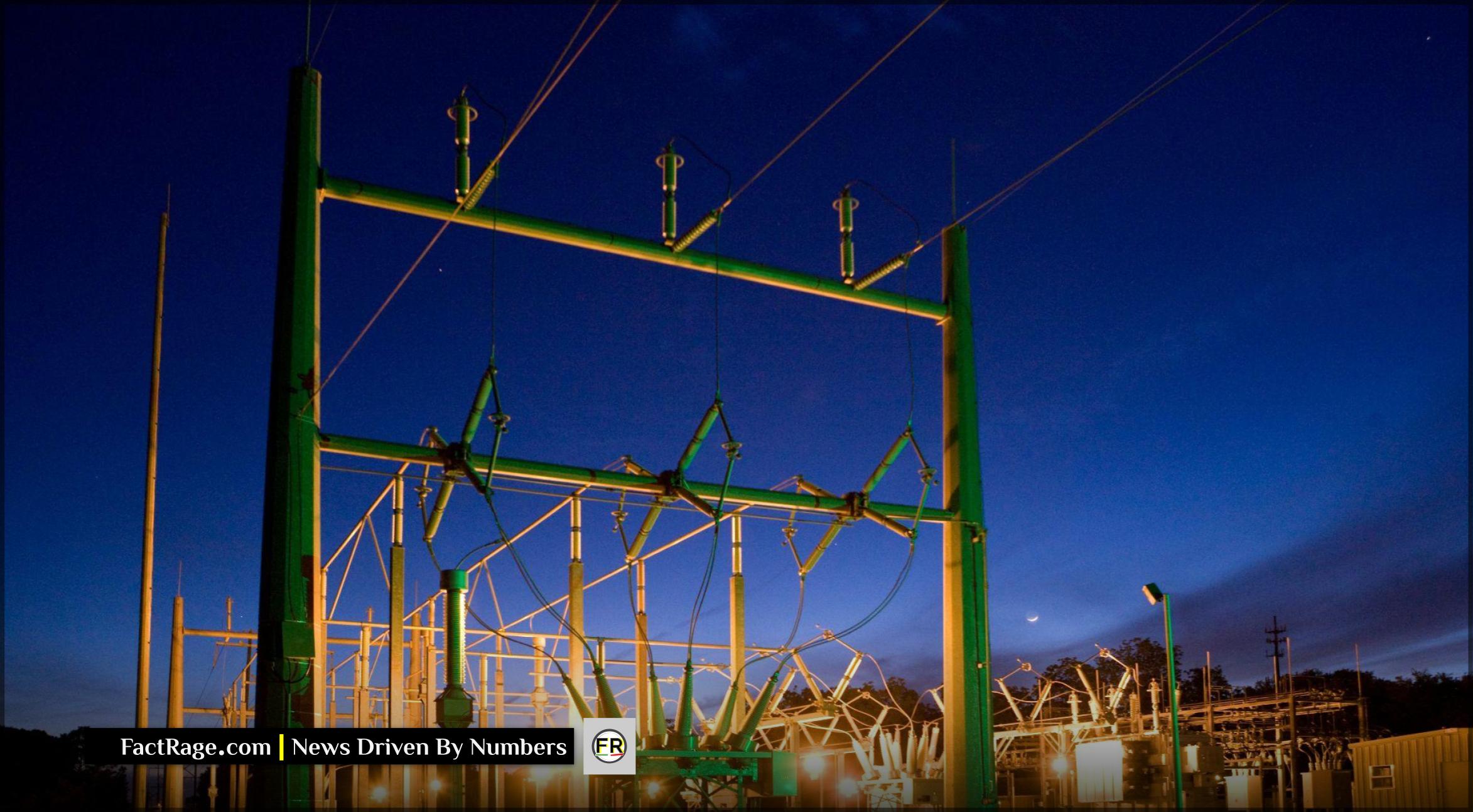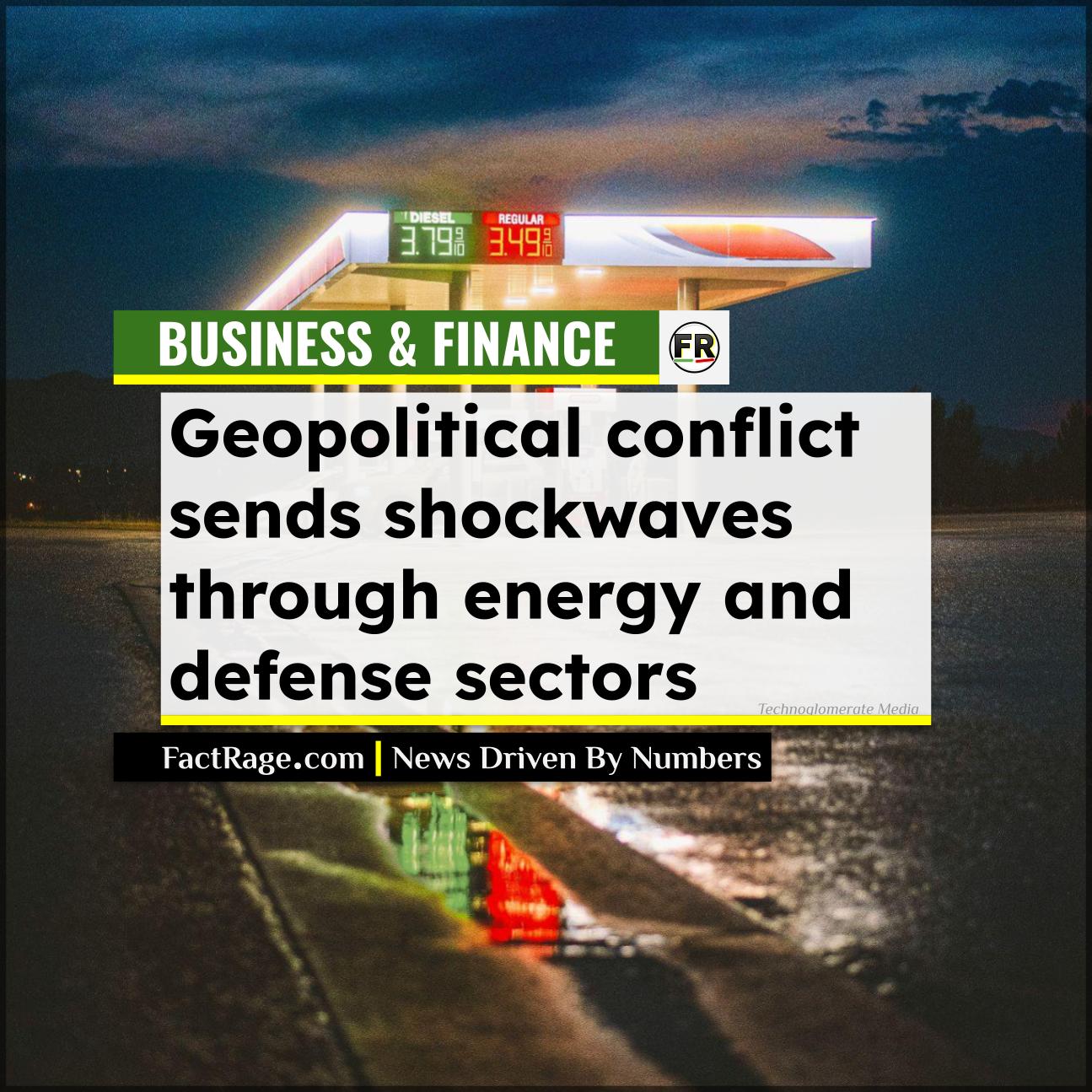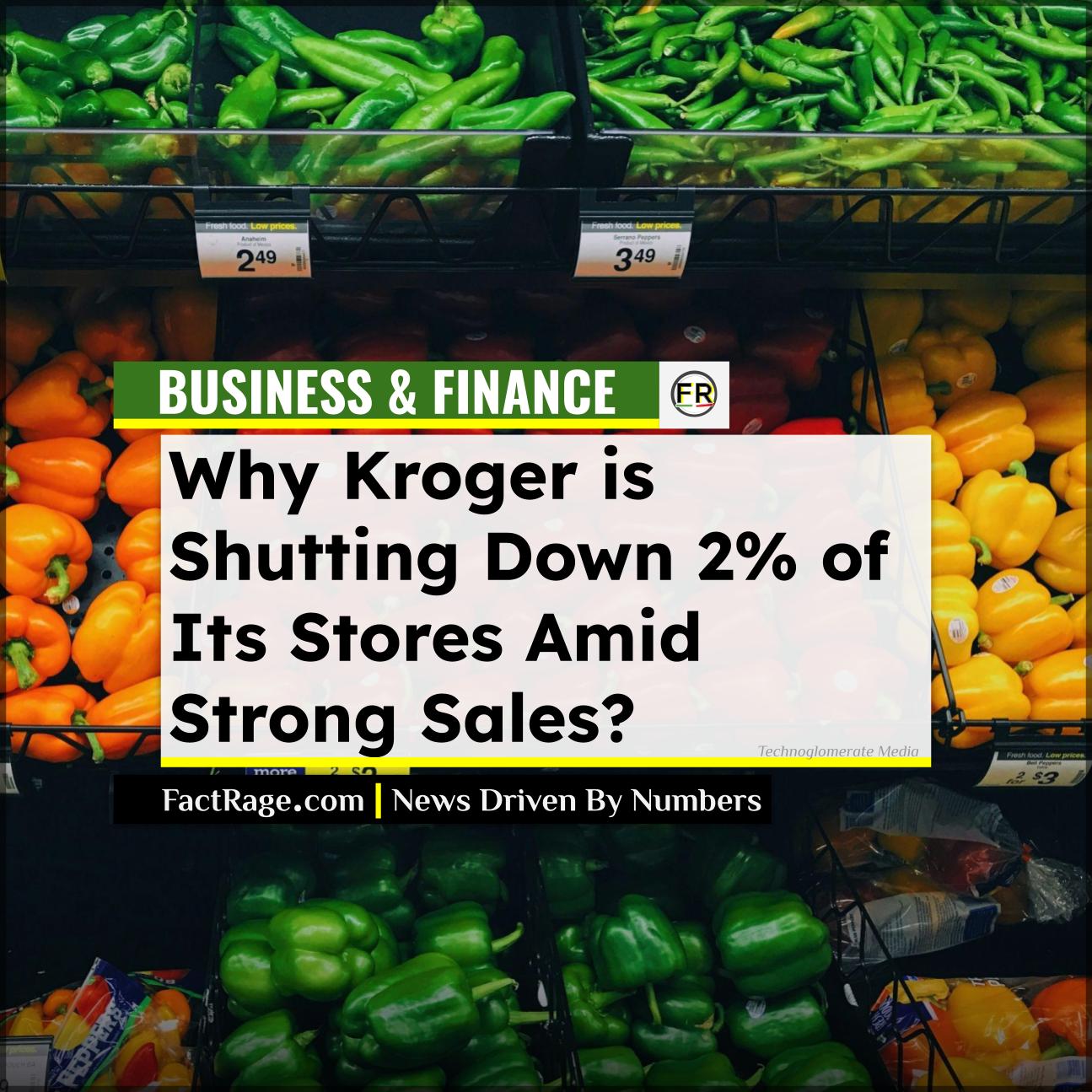GLOBAL – Geopolitical tremors from the Middle East sent immediate and significant shockwaves through global financial markets, as reports of U.S. military action against Iran triggered a surge in oil prices and defense-related equities.
- Energy Prices Spike – Oil futures jumped on fears of a significant disruption to global supply, as the region is home to the critical Strait of Hormuz, a chokepoint for roughly 20% of the world’s daily oil consumption.
- Defense Sector Rallies – Shares in major defense contractors, including Lockheed Martin (LMT), Raytheon (RTX), and Northrop Grumman (NOC), climbed as investors priced in the likelihood of increased military spending and new government contracts.
- Broader Market Volatility – The wider market reacted with uncertainty, as investors shifted away from riskier assets and braced for the inflationary impact of higher energy costs on the global economy.
The swift market reaction underscores the financial consequences of escalating conflict in a region vital to the world’s energy supply. As traders and analysts digest the news, the focus turns to the potential for sustained volatility and the ripple effects across multiple sectors of the economy.
Why Oil Prices Are Surging

The immediate spike in Brent and WTI crude futures is a direct response to the heightened risk of a disruption in the Persian Gulf. A significant portion of the world’s seaborne oil, estimated at about 20 million barrels per day, passes through the Strait of Hormuz. Any conflict that threatens the free passage of tankers through this narrow channel creates instant fears of a supply shock.
The market’s memory is long, recalling how past conflicts in the region have led to sustained price increases. While some analysts note that OPEC+ holds spare capacity and non-OPEC countries could ramp up production, the risk premium on oil is likely to remain elevated as long as the geopolitical situation remains tense. This price increase isn’t just a number on a screen; it translates directly to higher transportation and manufacturing costs, which could fuel broader inflation.
Defense Contractors See Fortunes Rise
While general stock market indices may falter on fears of economic instability, the defense sector saw immediate gains. Companies like Lockheed Martin (LMT), the maker of the F-35 fighter jet, and Raytheon (RTX), known for its missile systems, are seen by investors as direct financial beneficiaries of military action.
The logic is straightforward: conflicts consume military hardware, from munitions to advanced aircraft, which will eventually need to be replenished through new government contracts. Likewise, Northrop Grumman (NOC), which develops strategic bombers like the B-21 Raider and key surveillance technologies, also saw its stock climb. The market is essentially betting that the U.S. and its allies will increase defense budgets to address both the current conflict and future strategic needs, creating a robust revenue stream for these corporations.
Ripple Effects Across the Global Economy
The impact of this geopolitical event extends far beyond oil and defense. Investors are now grappling with a classic “risk-off” scenario, where capital flows out of equities and into perceived safe-haven assets like gold and U.S. government bonds.
Industries with high fuel consumption, such as airlines and shipping, face the immediate challenge of rising operational costs, which could pressure profit margins and lead to higher prices for consumers. The larger macroeconomic concern is the threat of stagflation—a combination of slowing economic growth and rising inflation. Central banks around the world, which have been focused on taming inflation, now face a more complicated picture. A sustained oil price shock could force them to maintain higher interest rates for longer, potentially dampening economic activity at a time of heightened global uncertainty.












